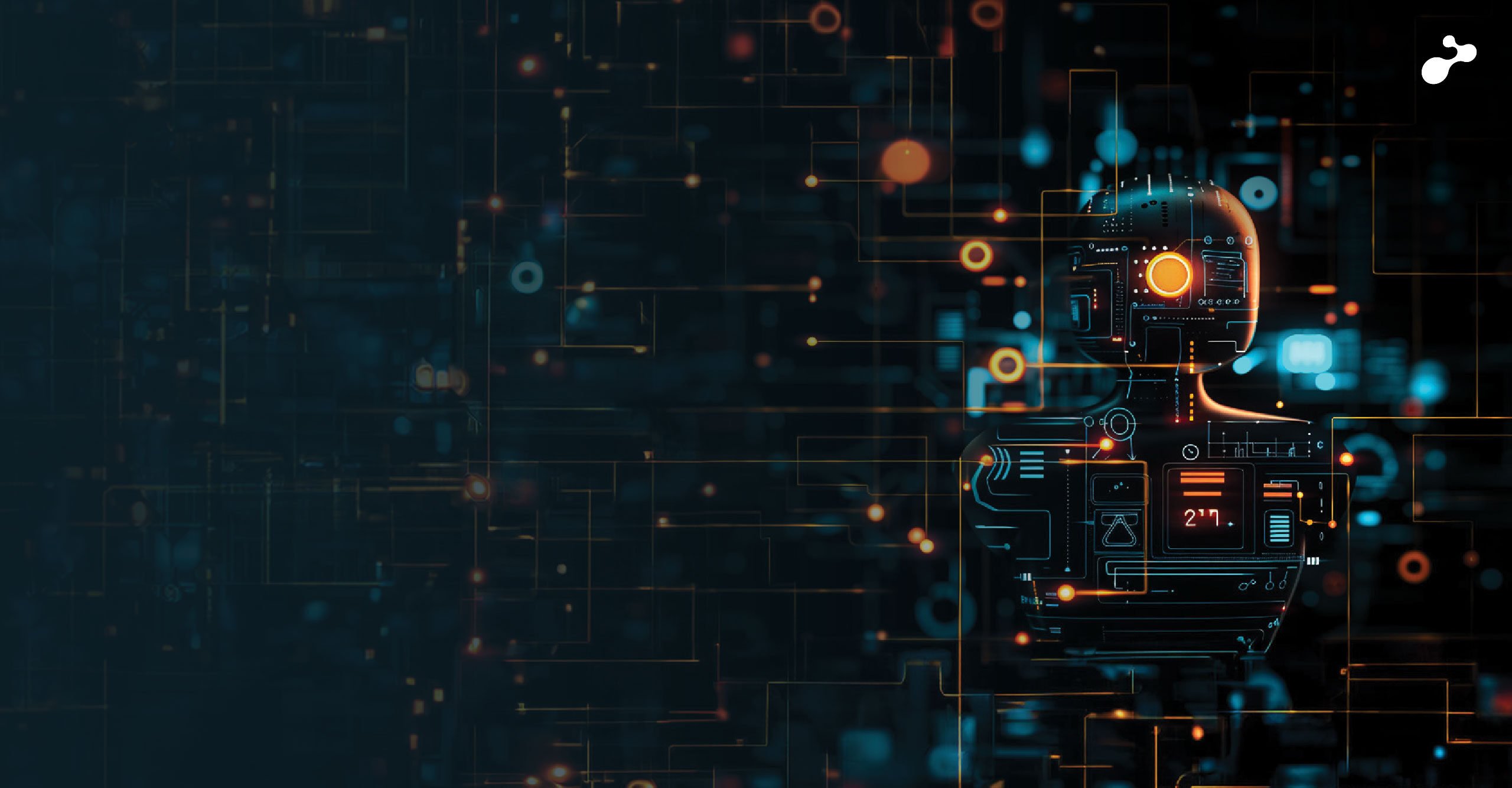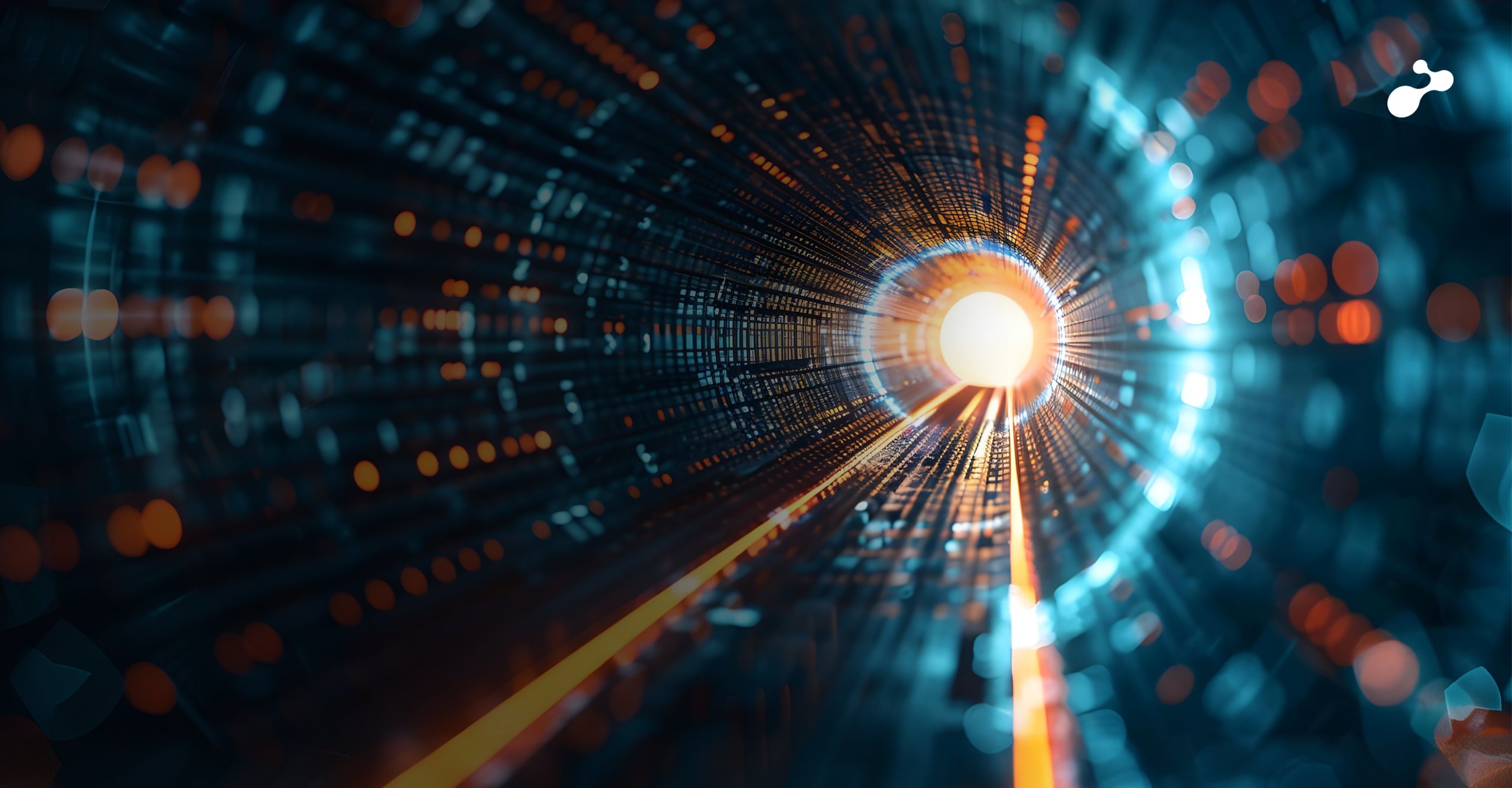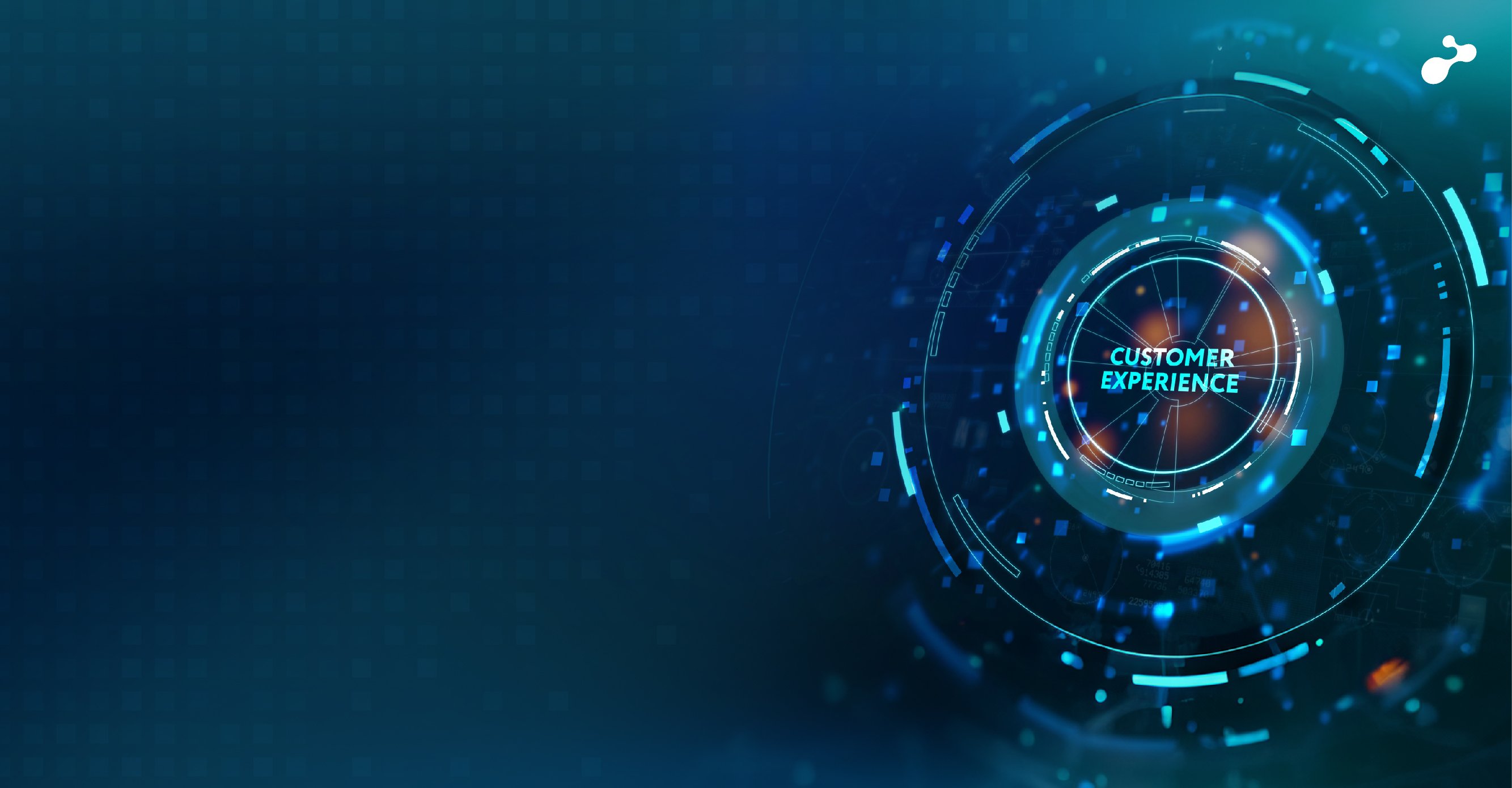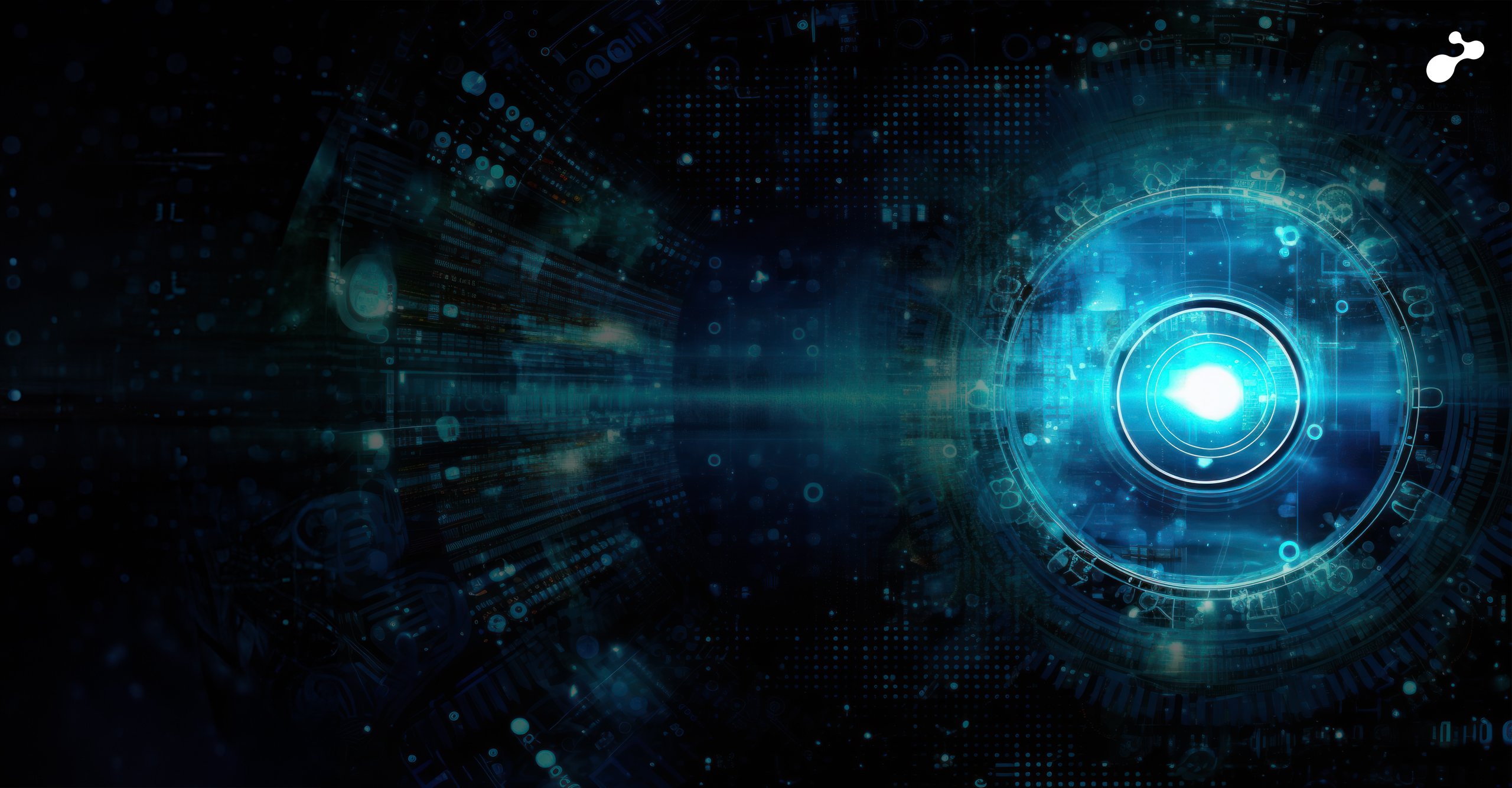Large Language Models (LLMs) like GPT process input text and generate output in a single step, based on the data it was trained on. For example, when a user queries or “prompts” an LLM with the question “What is the Capital of India?”, the LLM, using its pre-trained knowledge, produces an answer “Delhi”. However, while Generative AI and LLMs are revolutionary technologies that solve many business problems, there are a few limitations that do not fulfill the requirements of all business scenarios. Following are a few examples:
- Questions outside training data: What happens when you ask LLMs a question beyond its training data? For example, “What was XYZ Corporation’s (a small privately owned company) revenue in the last quarter?”
- Scenario needing the latest data: What if you ask, “What are the latest developments in renewable energy policies in Europe?”. The LLM won’t be able to provide up-to-date answers as it is trained on data till a certain date.
- Data authenticity: When you ask, “What is the safest type of car?”, an LLM may respond with “Car X”, citing various sources from its training data or historical reputation. However, with new models, changing safety norms, and a lack of verification from reliable and updated sources, the LLM’s answer cannot be considered accurate at all times.
Retrieval-Augmented Generation (RAG) addresses these limitations by accessing reliable external data sources like documents, databases, applications, or the Internet. The data accessed by RAG is current which enhances the accuracy of the responses. Additionally, integrating your proprietary data provides additional context, which means that the LLM is less likely to hallucinate or provide incorrect or irrelevant responses. However, it is important to note, that while RAG can access the latest data, the accuracy and reliability of its responses depend on the quality and recency of the external data sources.
Following is a high-level architecture of a RAG-powered LLM.

Figure 1: High-Level architecture of RAG
How RAG Works?
To better understand how RAG functions, let's consider a specific example.
For instance, a person named Mark joins his new organization, “X Company”. He wants to understand the company’s policy on remote work. He uses his company’s RAG-enabled LLM system to find out the required information by querying or “prompting” it. The key steps involved in the generation of a response include:
- Retrieve:
The system first analyzes the company’s internal knowledge base which contains all the policies, previous queries from employees, and other relevant documents. It retrieves all the relevant and contextual information about the remote work policy, including eligibility, the number of remote working days allowed in a month, the procedure to regularize attendance for remote work, any recent amendments to the policy, etc. - Augment:
The system then augments Mark’s initial prompt by adding contextual information from the data it retrieved from its knowledge base. This includes specific details about the remote policy i.e., the latest data on X Company’s proprietary data, ensuring the information is both current and relevant to Mark’s query. - Generate:
Finally, this enhanced prompt (combination of Mark’s query and contextual information) is processed by the LLM. The response will not only be a summary of the policy but will have actionable advice for Mark on how to apply for remote work. He will also have access to information on policy updates without having to manually search for recent communication or updates.

This is just one example that highlights the capabilities of a RAG-enabled system. However, organizations must understand, that while LLMs are versatile and adaptable for a broad range of general-purpose language tasks, RAG can be used for business case requirements as well. As with most applications of AI technology, businesses can initially focus on use cases that involve tedious, manual, and time-consuming tasks. Some of the potential use cases for RAG Systems include:
- Customer Support: A customer chatbot that provides information on the latest product updates and troubleshooting, offering accurate and immediate support.
- Personalization for e-commerce: RAG can be implemented in e-commerce platforms to generate personalized product descriptions/recommendations based on user reviews and Q&A data from across the internet.
- Medical Diagnosis: RAG can help in diagnosing the latest medical research and offering treatment options.
- Automated Report Generation: Financial teams can use RAG to auto-generate reports that involve fetching the latest economic/financial news.
- Legal Compliance: Legal departments or law firms can use RAG to automatically track and receive updates on laws and regulations, ensuring legal compliance.
From the above examples, it is clear that RAG-based systems have diverse capabilities. By using the latest data available, RAG systems overcome traditional shortcomings by providing accurate, up-to-date, and contextual responses. The use cases are diverse - from enhancing customer experience by providing immediate and precise information to supporting financial teams with economic insights for report generation. The benefits of RAG solutions are substantial, saving cost, time, and effort. As this technology continues to evolve, its potential will expand further, unlocking even greater advantages and transforming various industries in profound ways.




